Do Cats Get Cold? (+ How to Effectively Keep Cats Warm)
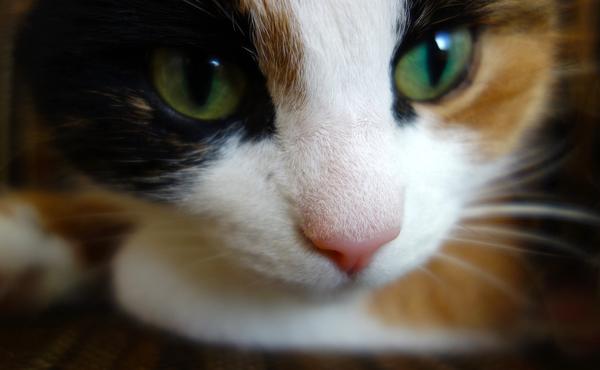
Tired of seeing your furry friend shivering in the winter?
Worried about how to keep them warm and healthy?
I get it, you're not alone!
Let's uncover the secrets to protect your cat from the cold and give them the cozy life they deserve. 😺
So, let's dive in!
How to Keep Cats Warm in Winter
Keeping Indoor Cats Warm in Winter
So, you've got a furry friend who prefers staying inside all the time - your indoor kitty.
During those cold winter months, you want to make sure they stay cozy and warm, right?
Of course!
One option is to provide heated cat beds or heating pads specifically designed for pets - this will keep your fur baby nice and toasty.
You can also give them some comfy blankets or insulated cat beds.
But why stop there?
How about getting your feline friend a cute little sweater or coat?
Not only will they look adorable, but these clothing items can also help maintain their body temperature.
And here's another tip: engage your cats in play sessions.
This helps increase blood circulation, which keeps them warm. Plus, don't forget to give them some extra calories to fuel their bodies and generate warmth.
It’s key to ensure your kitty stays comfortable and snuggly all winter long by maintaining a minimum indoor temperature of 10-15 degrees.
Ensuring Outdoor Cats Stay Cozy in the Cold
Outdoor cats have an even bigger challenge during winter, facing the chill like true champions.
But fear not, there are steps you can take to help them out.
One option is to use self-warming cat beds that work like tiny built-in heaters.
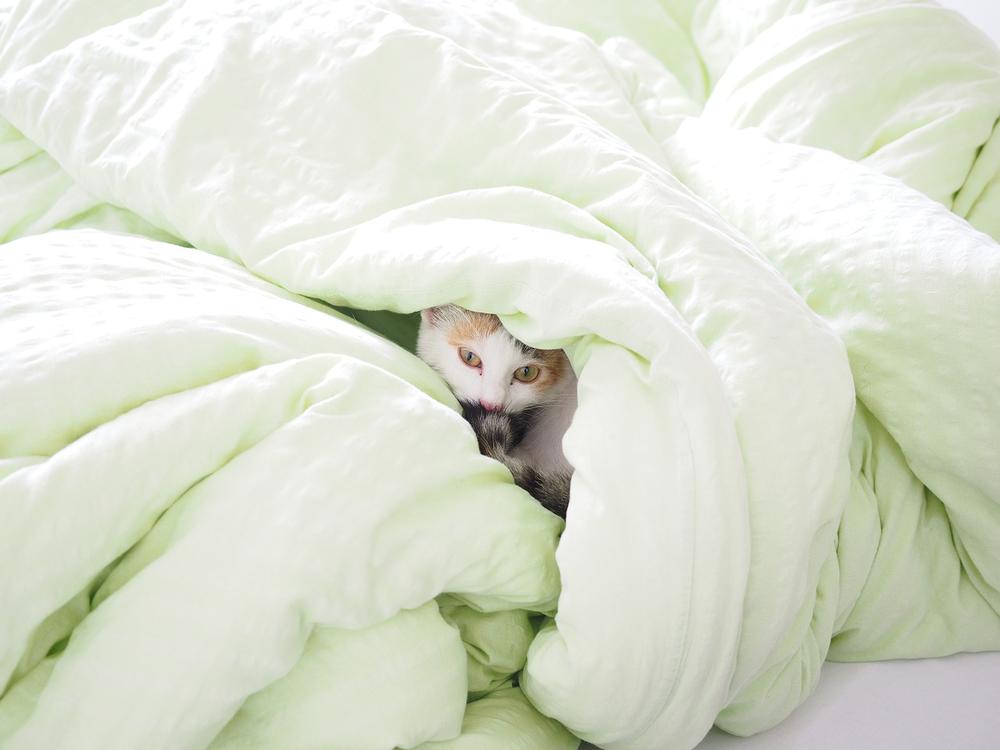
Elevated beds are also great since they prevent direct contact with cold surfaces.
Do you know what else makes a difference?
Snuggly blankets!
Providing a warm spot for your outdoor cats to curl up can be a real treat for them.
Now, during winter it's highly recommended to keep cats indoors as much as possible.
However, if you must let them out, ensure they have access to fresh water at all times as hydration is vital.
Watch out for signs that your cats might be feeling the winter chill.
Shivering, lethargy, and seeking warm spots can all indicate that your fur baby needs some extra care.
Furthermore, cats with different coat types require different treatment plans. Hairless and shaved cats need extra protection and should not be exposed to cold weather.
On the other hand, cats with longer hair have better natural insulation.
So here's one last tip:
Consider providing outdoor shelters like kennels or boxes that also offer access to the indoors. This gives your outdoor cats a warm shelter option when they're out battling the elements.
I hope these tips help you keep your four-legged friends safe and cozy during winter!
Main points I'll expand upon further down this article:
- Cats are susceptible to hypothermia and frostbite in low temperatures.
- Extended periods in freezing weather put cats at high risk of hypothermia.
- Symptoms of moderate to severe hypothermia require immediate veterinary care.
- Bringing a cold cat into a warm room is sufficient, but hypothermic cats need immediate medical attention.
- Outdoor cats, especially those with medical conditions, are at greater risk of hypothermia.
- Cats can begin to feel cold when the temperature goes below 7-8 degrees Celsius.
- Water-free wash products can help keep cats fresh in winter.
- Frostbite in cats requires immediate medical attention.
- Cats sleep more in winter, but excessive sleep can indicate an underlying health problem.
- Keeping cats indoors during winter reduces the risk of disease transmission and flea problems.
But what happens if the temperature drops below freezing?
How do you ensure your cat stays safe and healthy in these extreme winter conditions?
Well, let me share with you some essential tips to help you protect your beloved furry friend...
Cats and Cold: Hypothermia Concerns and Temperature Thresholds
Cats and cold weather can be a dangerous combination.
So, you must be aware of how low temperatures can affect our furry friends.
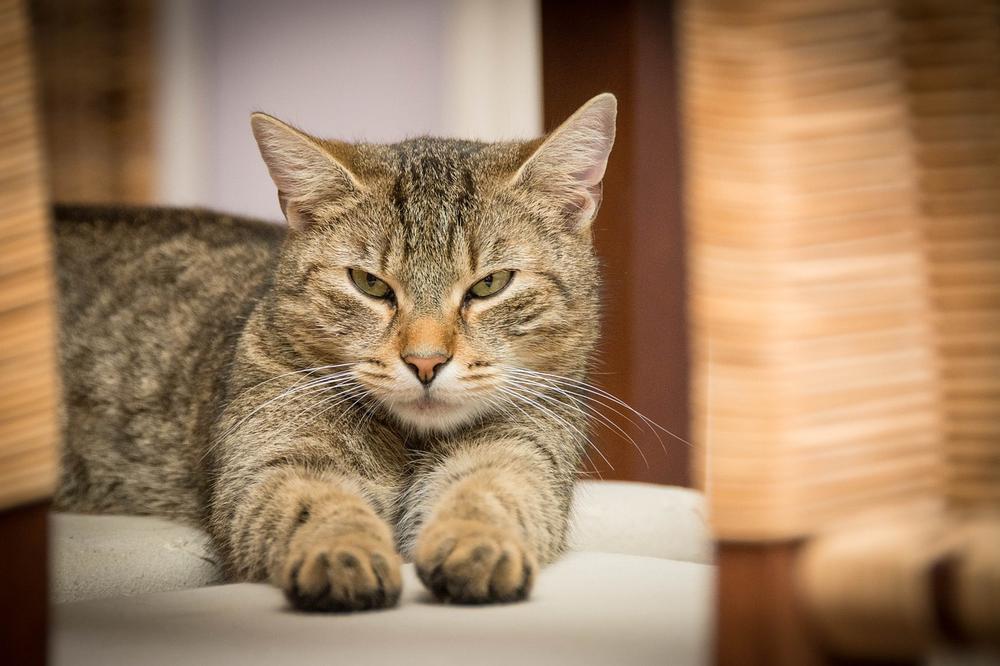
To keep your cat safe during winter, here are some key points to consider:
- Monitor the indoor temperature and make sure it stays above the recommended threshold of 45 degrees Fahrenheit.
- Cats are susceptible to hypothermia and frostbite in low temperatures, especially when exposed for extended periods.
- Moderate to severe hypothermia is characterized by a decrease in body temperature below the normal range. Seek immediate veterinary care if you notice these symptoms.
- If your cat is just cold, simply bringing them into a warm room should be enough. But if they are hypothermic, wrap them in a warm towel and take them to an animal hospital.
- Hypothermia becomes a bigger concern below 32 degrees Fahrenheit, particularly for outdoor cats with medical conditions.
- Cats can begin to feel cold when the temperature drops below 7-8 degrees Celsius.
- Consider using water-free wash products to help keep your cat fresh during winter.
- Remember, hypothermia in cats is a serious health issue that requires proper attention, especially for outdoor cats in bad weather.
Your furry feline companion can be safeguarded from the perils of chilly weather if you adhere to these recommendations.
Stay vigilant and keep your cat warm!
And now, let me share some telltale signs that your cat may be feeling the cold and in need of warmth...
What Are Signs Your Cat Is Cold?
Here's how you can tell if your cat is cold:
- Your furry friend might seek out cozy spots like radiators or snuggly corners.
- They may curl up tightly with other cats to share warmth.
- If you notice your cat shivering, it's because they're trying to generate body heat.
- Cats conserve warmth by sitting in a hunch position.
- Check their ears, paws, and tail – if they feel cold, that's a sign too.
- When your cat hunches and fluffs up their fur, they're trying to keep the heat close to their body.
- You'll see them actively searching for warmer areas in your home.
So, if you observe any of these behaviors, it means your fluffy companion is feeling chilly.
Make sure they have access to warm spots and consider using blankets or heated mats for some extra coziness.
Always remember, it's our responsibility to keep our cats safe and snug, so pay attention to their cues, and make sure they stay warm when it's cold outside. 👍
And if you're wondering whether you should dress your cat for the winter, well, I have just the answer for you.
In my latest blog post, I explore the topic of winter clothing for cats and whether it's ethical.
If you want to know if your furry friend needs some extra warmth during the chilly season, I highly recommend checking out Do Cats Need Winter Clothing to discover all the important considerations.
Stay proactive and keep your cat snug as the temperature drops.
Frostbite in Cats: What to Look Out For
Regularly inspect your cat's extremities, paying close attention to their ears, paws, and tail.
Frostbite can harm cats in cold temperatures.
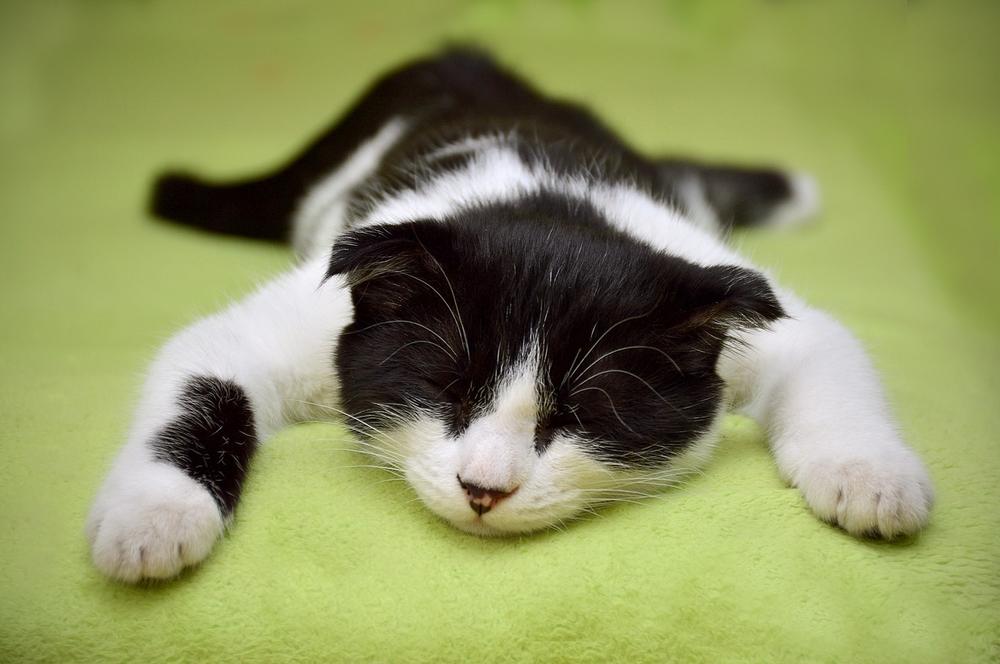
Look for signs of redness or discoloration on your cat's extremities.
These are telltale indications of frostbite.
You have to keep a watchful eye and catch potential problems early on.
If you detect any symptoms, don't hesitate - seek immediate medical attention for your feline friend. Remember, acting swiftly can make all the difference in safeguarding the well-being of your beloved companion.
Do Cats Sleep More in Winter?
| Topic | Information |
|---|---|
| Do Cats Sleep More in Winter? | Cats tend to sleep more in winter due to shorter daylight hours. This is a natural instinct to conserve energy and stay warm. However, excessive sleep could indicate an underlying health problem, requiring consultation with a vet. It is important to provide your cat with a warm and cozy indoor environment during winter to ensure their comfort and well-being. Consider providing extra bedding, such as blankets or heated cat beds, and create cozy hiding spots for them. Ensure that your home is draft-free and provide access to sunny areas for additional warmth. Offering interactive toys and engaging in playtime can help keep your cat physically and mentally stimulated, reducing excessive sleep. Regular veterinary check-ups are essential to monitor your cat's overall health and address any concerns or symptoms. |
Cats sleep more in winter, no doubt about it.
It's a fact.
Cats are creatures of habit, and when it comes to sleep, they follow the rhythm of daylight hours, just like humans do.
So, during those darker winter days, cats snuggle up and hibernate too.
It's their way of enjoying some cozy winter time.
Now, you might be wondering what you can do about it, right?
Well, here's an idea for you:
Let your cat embrace its inner sloth naturally.
Allow them to adjust their sleep schedule without any interruptions. Just like us, cats also need some downtime.
Here's a tip for you, dear reader: why not create little sanctuaries around your home where your fluffy friend can curl up undisturbed?
Warm and comfortable spaces make the purrfect nap zones.
Think about sinking into your favorite armchair after a long day—that feeling of pure relaxation.
Now imagine that for your cat!
But hey, don't hit snooze too soon on this one.
Pay attention to your furry friend's behavior.
If they seem unusually lethargic or show signs of illness, consult your vet.
It's always better to be safe than sorry, right?
Bear in mind that cats are mysterious creatures, but their sleepy winter habits are perfectly normal.
So go ahead and embrace the laziness while it lasts!
And now, let's address another important aspect of keeping your cat warm and healthy in winter - dealing with pesky fleas!
Do Cats Get Fleas in the Winter?
During winter, fleas may not be as active but they can still be a problem for your cats, even if they're indoors. That's why you need to talk to your vet about year-round flea prevention treatments that are highly recommended.
Your vet can also give you valuable tips on how to deal with fleas during winter.
Here are some practical steps you can take:
- Keep your cats indoors so they don't come into contact with animals that might have fleas.
- Regularly check your cats' fur for signs of fleas or flea dirt (those small black specks).
- Vacuum frequently to get rid of any flea eggs or larvae hiding in carpets or furniture.
- Wash your cats' bedding regularly in hot water to kill any fleas or eggs.
- Consider using natural flea repellents like diatomaceous earth or essential oils (make sure they're safe for cats).
Ensure year-round protection for your cats against fleas by implementing these uncomplicated and successful steps. Keep in mind that prevention is crucial, thus seek guidance from your veterinarian to determine the optimal methods of flea control for your beloved pets.🐱
With proactive care and attention, you can keep your cats flea-free even in winter.
But don't forget that keeping your cats warm and healthy in the winter goes beyond just preventing fleas.
You have to also focus on their mental stimulation and emotional well-being.
Do Cats Get Seasonal Depression?
Winter can be a tough time for cats, just like it is for humans.
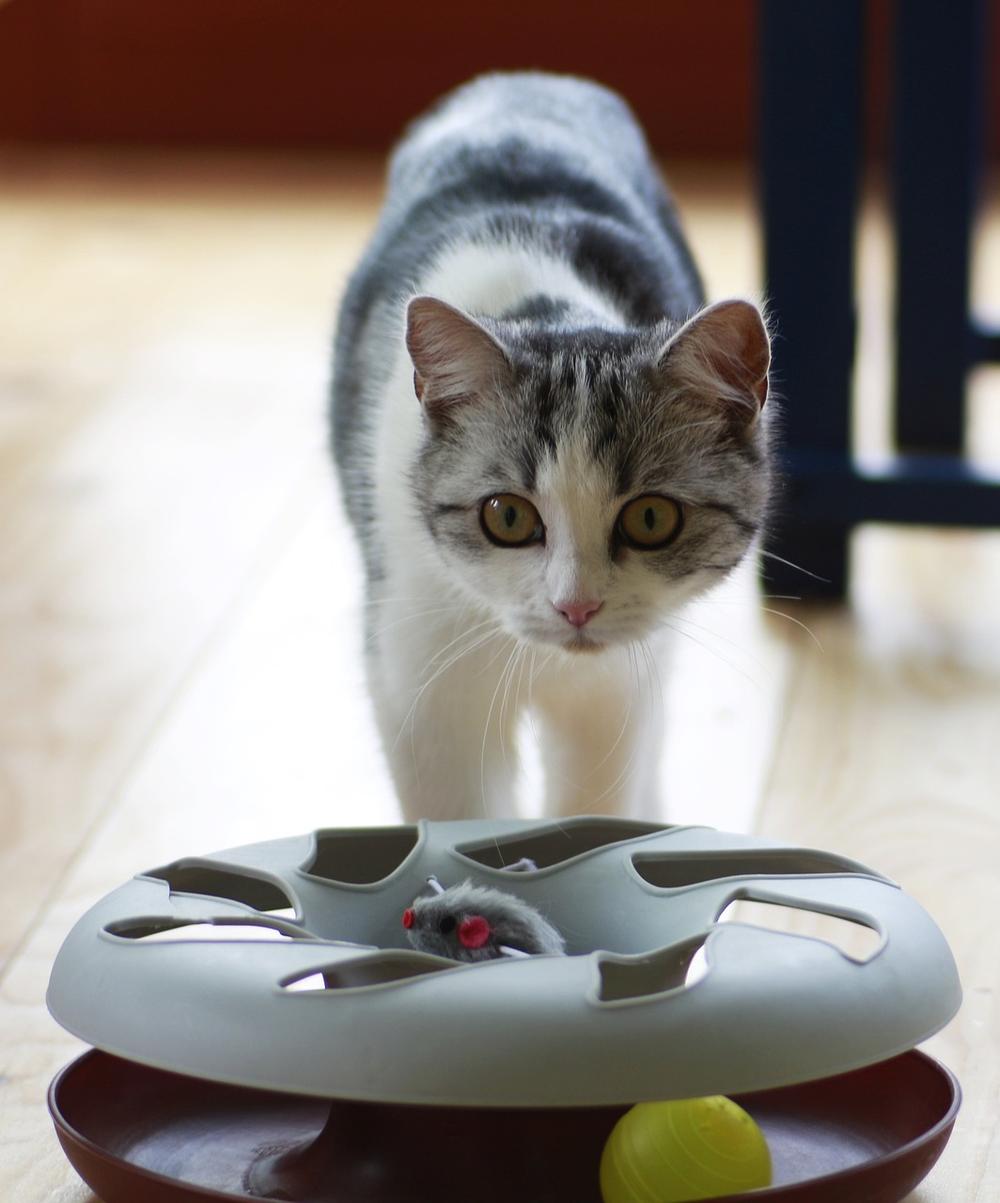
Seasonal depression is a real thing for our feline friends, so it’s important to take steps to keep them happy and healthy during the cold months.
Here are some tips to prevent winter blues in your furball:
- Bring the outdoors inside: Create a stimulating environment by setting up bird feeders near windows or providing cat-safe plants to mimic the sights and smells of nature.
- Try interactive toys: Engage your cat with puzzle feeders, treat-dispensing balls, or laser pointers to keep their minds active and prevent boredom.
- Set up playdates: Arrange playdates with other cats in the neighborhood or invite friends over who have friendly pets. Social interaction helps combat loneliness and provides mental stimulation.
- Keep a routine: Stick to a regular schedule for feeding, playtime, and cuddles. Predictability brings comfort and reduces anxiety.
- Provide cozy spots: Set out warm blankets or heated sleeping pads in comfortable corners of your home. Cats love to curl up in snug places when it's cold outside.
- Give massages: Gently massage your cat's muscles to promote relaxation and release tension. It's a great bonding activity and can lift their spirits.
- Don't forget exercise: Indoor workouts such as hide-and-seek games or chasing feather wands help cats burn off energy and maintain a healthy weight.
Cats may experience winter blues, but with a little extra care and attention, you can make the season a joyful time for them. 😺
And that wraps up today's article.
If you wish to read more of my useful articles, I recommend you check out some of these: How to Bury a Cat During the Winter, How to Deal With Regret and Grief After Putting Cat to Sleep, How to Keep Cats Cool in Summer Without Ac, and Do Cats Whiskers Grow Back if They Are Burned
Talk soon,
-Sarah Davis